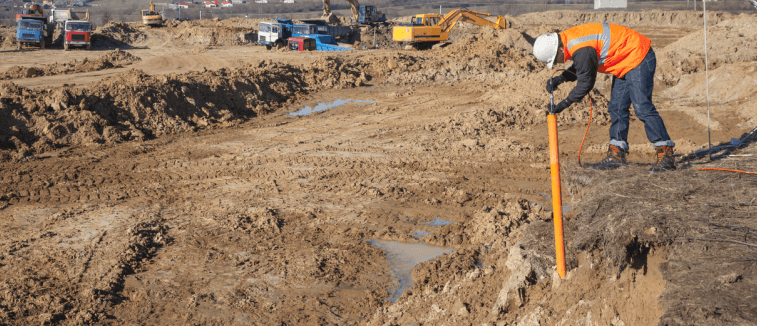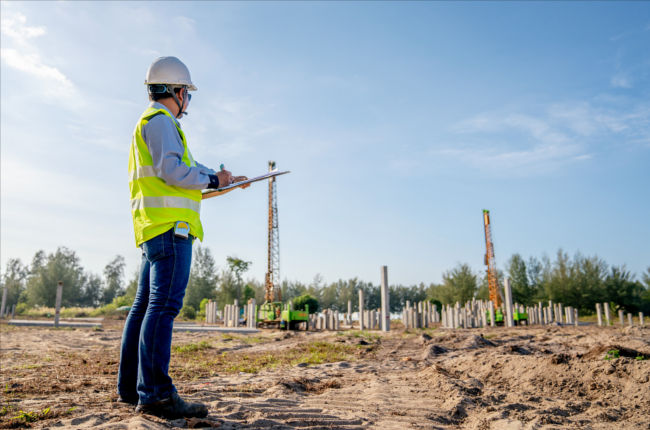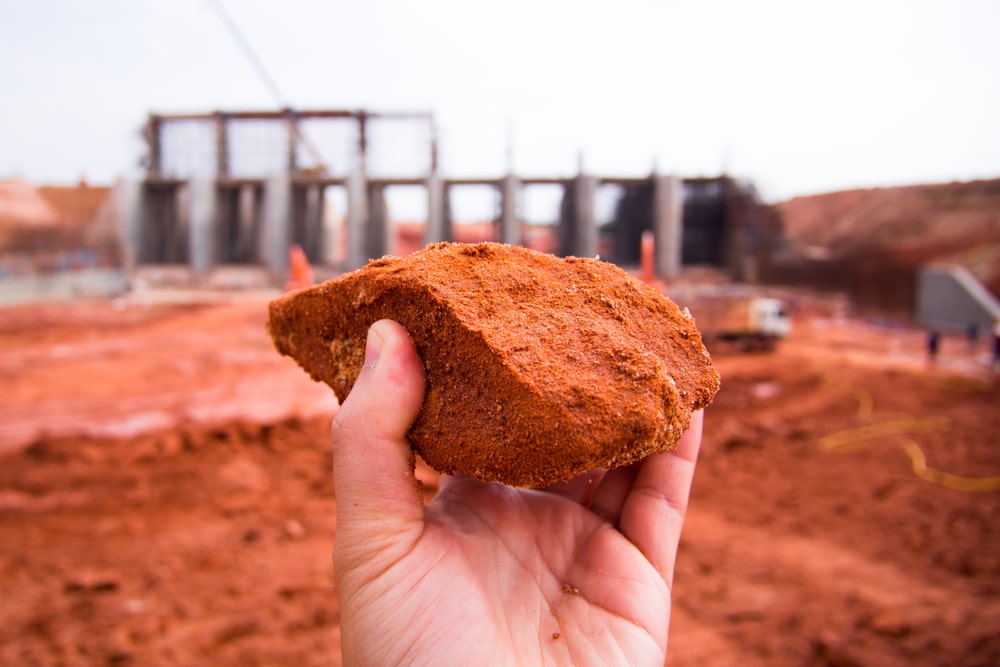Picking the Right Geotechnical Engineers for Your Next Large-Scale Job
Wiki Article
The Interdisciplinary Approaches in the Geotechnical Sector: Linking the Void In Between Design, Geology, and Environmental Scientific Research for Optimum Project Results
The assimilation of design, geology, and environmental scientific research within the geotechnical industry is not simply advantageous; it is essential for achieving optimal job results. What approaches might arise to promote this essential partnership and enhance the efficiency of geotechnical practices?Importance of Interdisciplinary Collaboration
The importance of interdisciplinary partnership in the geotechnical industry can not be overstated. Reliable geotechnical jobs call for the assimilation of diverse proficiency from different areas, consisting of design, geology, and ecological scientific research. This cooperation ensures that all aspects of a project are taken into consideration, resulting in detailed solutions that deal with complex challenges.Interdisciplinary cooperation cultivates innovation by making it possible for experts to share insights and techniques that might not appear when operating in isolation (consulting engineer). By leveraging the staminas of multiple disciplines, groups can identify possible threats, optimize style procedures, and improve the sustainability of geotechnical jobs. Such collaboration advertises a holistic understanding of site-specific problems, which is vital for accurate evaluation and decision-making.
The complexity of geotechnical jobs demands a collaborated method to analytic. Eventually, interdisciplinary collaboration is necessary for advancing best techniques and accomplishing quality in the geotechnical market.
Secret Duties of Each Technique
Collaboration amongst different techniques is not just helpful; it is crucial for the successful execution of geotechnical projects. Each technique-- engineering, geology, and environmental scientific research-- plays a distinct yet interconnected function that adds to forecast efficiency and sustainability.Geotechnical engineers are primarily in charge of creating foundations and ensuring architectural honesty. They assess dirt and rock residential properties to analyze load-bearing capacities, supplying necessary information for risk-free building methods. Their proficiency enables the formula of cutting-edge remedies to intricate challenges.

Ecological scientists examine the prospective influences of building and construction on ecosystems and water resources. They perform ecological assessments and develop mitigation techniques to decrease negative effects. By incorporating eco-friendly factors to consider, they make certain compliance with guidelines and promote sustainability throughout the task lifecycle.
Situation Studies of Effective Combination
Effective integration of geotechnical self-controls can be exemplified through numerous study that highlight the performance of synergy in addressing intricate design difficulties. One significant instance is the construction of the Hong Kong-- Zhuhai-- Macau Bridge, where a collective technique entailing geotechnical design, geology, and environmental science was crucial. Engineers and geologists operated in unison to evaluate the seabed problems and optimize the structure design, ensuring security and lessening environmental influence.One more impactful case is the renovation of incline security in the San Francisco Bay Location, where an interdisciplinary team combined geotechnical analysis with ecological analyses. By incorporating geological surveys and hydrological studies, the team effectively determined prospective landslide dangers and executed reliable reduction measures, improving security and sustainability.
Moreover, the redevelopment of Brownfield sites usually requires a multidisciplinary method. In one instance in Chicago, cooperation amongst geotechnical engineers, environmental researchers, and urban coordinators led to the effective removal of polluted dirt, permitting the secure change of the website right into a community park. These situation researches illustrate that interdisciplinary collaboration not only addresses technological difficulties but additionally cultivates cutting-edge remedies that profit both jobs and neighborhoods.
Obstacles in Multidisciplinary Projects

Additionally, collaborating schedules and operations among various groups can be problematic, specifically when each self-control has distinct project landmarks and deliverables. This misalignment can result in hold-ups and enhanced prices. The difficulty of resource appropriation likewise impends huge; making sure that specialized experience is offered at critical points requires mindful preparation and foresight.
Lastly, regulatory conformity postures an additional significant challenge. Each self-control might encounter various governing structures, and straightening these needs to meet task purposes can be lengthy and complicated. Attending to these obstacles demands solid leadership and effective interaction approaches to cultivate collaboration and make certain that multidisciplinary teams function cohesively towards shared objectives.
Future Trends in Geotechnical Practices
As the geotechnical sector progresses, arising fads are reshaping practices to address the obstacles dealt with in multidisciplinary tasks - tailings engineer. One considerable fad is the increased integration of sophisticated technologies, such as man-made knowledge and artificial intelligence, right into geotechnical analysis and style. These modern technologies improve anticipating modeling and danger geotechnical engineers evaluation, allowing designers to make even more informed decisions throughout the task lifecycle
Moreover, the adoption of electronic doubles and real-time tracking systems is ending up being a lot more common. These devices assist in ongoing analysis of dirt problems and structural performance, enabling for timely interventions when issues develop.
Conclusion
To conclude, the combination of design, geology, and ecological scientific research is crucial for attaining optimal outcomes in the geotechnical industry. Interdisciplinary collaboration cultivates innovation, improves analytic capabilities, and lines up technical requirements with ecological sustainability. Successful study illustrate the benefits of this strategy, while acknowledging the difficulties faced in multidisciplinary projects. Looking in advance, embracing these collective practices will be necessary for navigating future trends and progressing the area of geotechnical design.The integration of engineering, geology, and ecological science within the geotechnical industry is not just beneficial; it is crucial for attaining ideal job outcomes. Efficient geotechnical jobs call for the assimilation of varied competence from various fields, including engineering, geology, and environmental scientific research.Navigating the complexities of multidisciplinary tasks in the geotechnical market presents several considerable difficulties.As the geotechnical industry evolves, arising fads are improving techniques to attend to the obstacles dealt with in multidisciplinary projects. Geotechnical designers are progressively collaborating with environmental researchers to make certain that tasks align with sustainability objectives and conform with regulative demands.
Report this wiki page